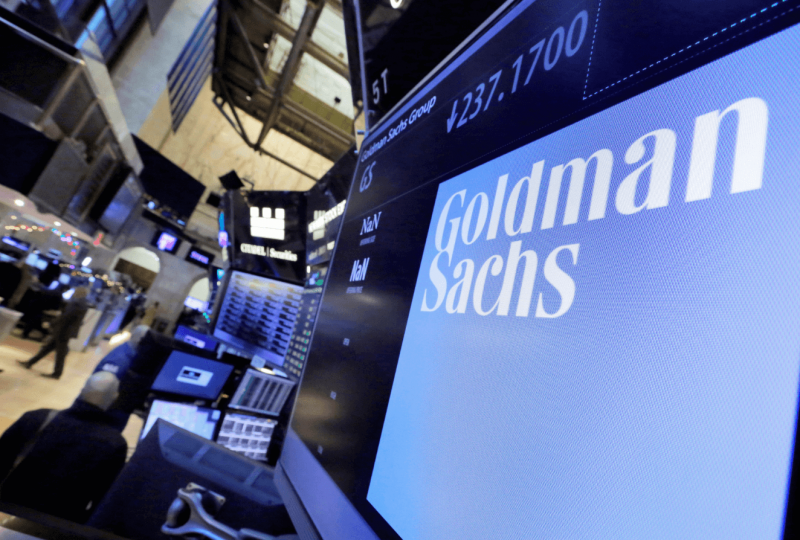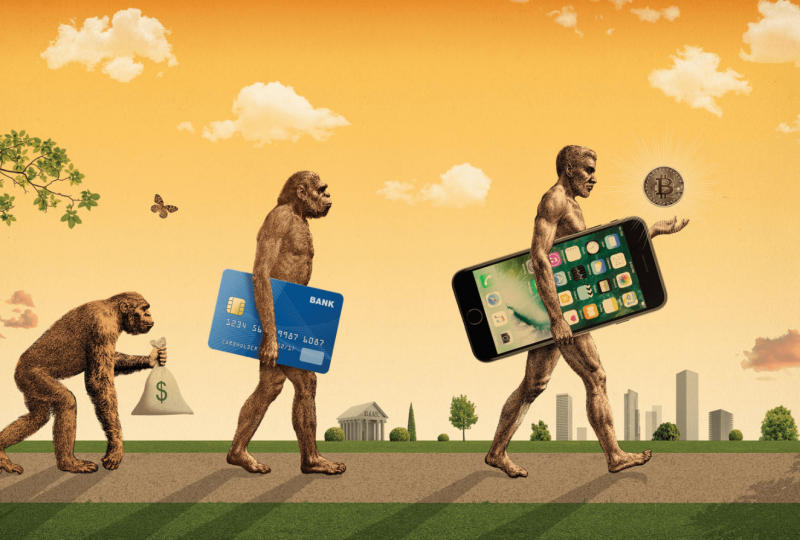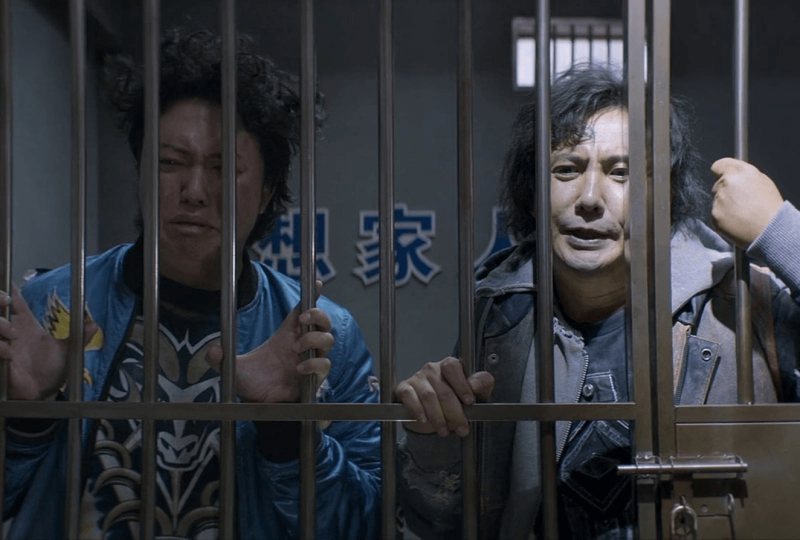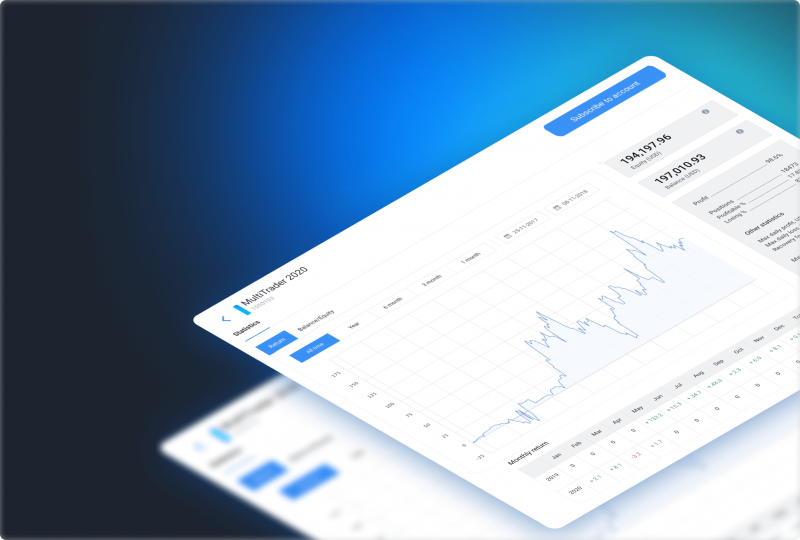Could This Be The Beginning Of The End For Goldman Sachs? Michael Burry Knows
Sep 14, 2022

After the 2015 film "The Big Short," which portrayed his bet on the subprime mortgage catastrophe that precipitated the 2008 financial crisis, financier Michael Burry became a household celebrity.
Most people overlook the fact that Goldman Sachs was on the other side of Burry's mortgage collateralized debt obligations bet. CDOs are loans, mortgages, and other assets packaged and sold to institutional investors by investment banks.
According to Michael Lewis' book "The Big Short: Inside the Doomsday Machine," Burry decided to gamble on the subprime market crash after noticing that many individuals couldn't genuinely afford to pay their mortgages. However, lenders were devising new financial instruments to justify lending them more money.
"It was clear evidence that lenders had lost their minds, consistently lowering their own criteria to increase loan volumes," Burry explained.
Lenders were selling these loans to Goldman Sachs, Morgan Stanley, Wells Fargo, and other too-big-to-fail banks, who packaged and marketed them as bonds. These tactics threatened to bring the financial system to its knees. They were responsible for the biggest financial catastrophe since 1929.
In September 2008, the insurer AIG was on the verge of bankruptcy when it got $182 billion from American taxpayers via the US government. The insurance subsequently distributed a considerable portion of the proceeds to the major banks. According to the Financial Crisis Inquiry Commission report on the 2008 financial disaster, Goldman Sachs got $12.9 billion in bailout funding. The decision garnered criticism.
Borrowers Are a Problem for Goldman Sachs
The federal government contended that if AIG had failed, it would have caused a domino effect or a succession of major failures. However, it did not save Lehman Brothers.
According to Burry, Wall Street's banks should have learned the lessons from the worst financial disaster since the Great Depression.
This explains his amazement when he saw a CNBC piece stating that Goldman Sachs has the highest loss rate in the credit card consumer lending industry among US card issuers.
According to Goldman Sachs research, the most vulnerable consumers can no longer meet their payment deadlines. "In the second quarter, Goldman's credit card loan loss rate was 2.93%. This is the worst among major US credit card issuers and "far above subprime lenders." The article cites a recent JPMorgan research note.
According to regulatory filings, Goldman Sachs gave about 28.3% ($3.35 billion) of the $11.84 billion in consumer card loans to persons with a FICO credit score of less than 660.
FICO is an abbreviation for Fair Isaac Corporation, which assesses a borrower's creditworthiness by taking into account characteristics such as payment and credit history. According to Credit Karma, those with credit scores of 660 or lower may have difficulty obtaining credit without paying exorbitant fees and interest rates.
As a result, the demographics of more than a quarter of Goldman Sachs cardholders reflect those of subprime lenders.
"Goldman continues stepping in it," Burry tweeted on September 12. "AIG was rescued from safeguarding Goldman from the other 'subprime' concern that no one said would be 'contagious."
He went on to say: "Goldman Sachs' Apple Card? Over a quarter went to subprime borrowers. As of Q2, their firm had a 3% loss rate."
A request for comment from Goldman Sachs was not returned.
Burry is hardly the first person to take against Goldman Sachs. He has been a fierce critic of the bank for many years.




